The Silent Destruction Of Many Luxury and Premium Brands (And How They Can Regain Life Again)
In our consulting practice and in many case studies we conducted there is one recurring question: Should a brand open an entry level portfolio and expand downward?
After all, there are many examples of brands who were seemingly successful with this approach. At least shot-term. To take a car example: Almost all premium and luxury car makers (we prefer premium in relation to cars -- as the term luxury seems overused for many premium cars) expanded downward over the last decade or two. Sometimes a bit shy, citing changing consumer demands and congested city centers as reason to launch small cars. Hence, almost all relevant players in this field now offer an assortment starting from (relatively accessible) entry products, often priced just a few hundred dollars or euros above similar size mass market brand cars.
Yes, some of those brands grew significantly in volume with this strategy. However there is a massive risk for the brand. If a brand was perceived as "luxury" before the launch of entry level products, those can have a severe impact on brand perception. Why should someone pay 200,000 dollars or above for a brand that can be bought for 50,000? Or even 25,000? And a car that is priced at 25,000 and carries a "premium badge" will hardly differ significantly from any mass market competitor that is just slightly cheaper. Parts are purchased from the same suppliers to manage cost. Hence the experience can never be luxury but will often resemble a mass market product.
And this is a threat for the brand equity. The illusion is that an entry level product means that the customer enters into the brand early on in her purchase lifecycle. Maybe at a stage in life where wealth and income are not yet enough to afford the true luxury version. Brands pursuing this strategy hope that customers move upward as their income grows over time.
This may have been the case years ago when competition was not as intense and social media less developed, hence less offers and information were available. Today the game changed completely! In a hyper-competitive and hyper-connected world a sharp brand equity is the most important task for any brand, yet often completely neglected.
We often hear, "The entry level product offers a first brand contact". And this can be catastrophic. It's the silent destruction of the brand. If the brand is not perceived as luxury at the first moment of truth, then it never will.
Brand equity should never be traded for easy growth. The equity definition should always be the in the center of a brand. It has to lead to a clear and precise strategy what to do and what not to do. Followed by an action plan that is 100% consistent with the equity definition and strategy.
And what happens so often in reality? Brands that have been well positioned enter into the trap of lowering prices, engaging into entry level offers, and gamble with their equity. Many years later (sometimes it does not take even years) they realize:
- Growth came at the expense of profit.
- Their best customers left the brand and buy from now more luxurious brands.
- What was growth before turns into a nightmare of decline.
- Stock price and brand valuation go down.
- Sales are increasingly dependent on outlets, price-offs, private sales and promotions.
Sounds familiar when you read about the reality of many formerly successful luxury brands? Not a good place to be! And we believe that external market factors are not to blame. They are often cited because they are convenient as excuse. But research shows that luxury brands are more recession-proof and less dependent on external shocks. The main problem is a poorly managed brand equity and an inconsistent strategy execution.
It's important to apply proper brand equity techniques for a sharp definition, streamline the assortment, revise the pricing architecture and become rigorous in implementation. And there are incredibly powerful strategies available today to grow revenue and profits for premium luxury brands without positioning the brand downward, such as nonlinear pricing and limited editions.

